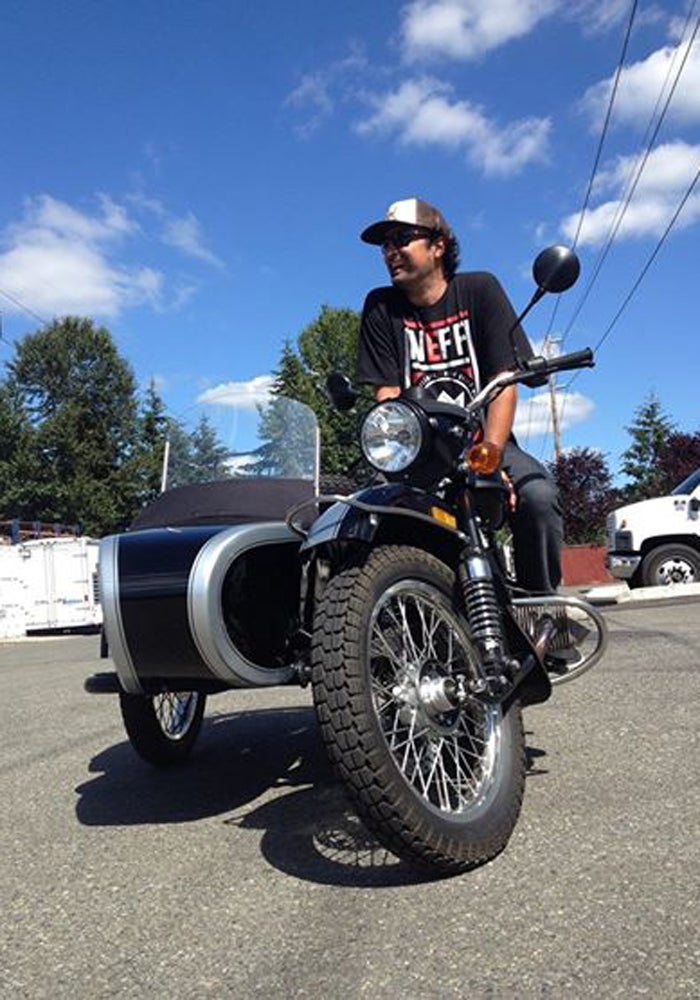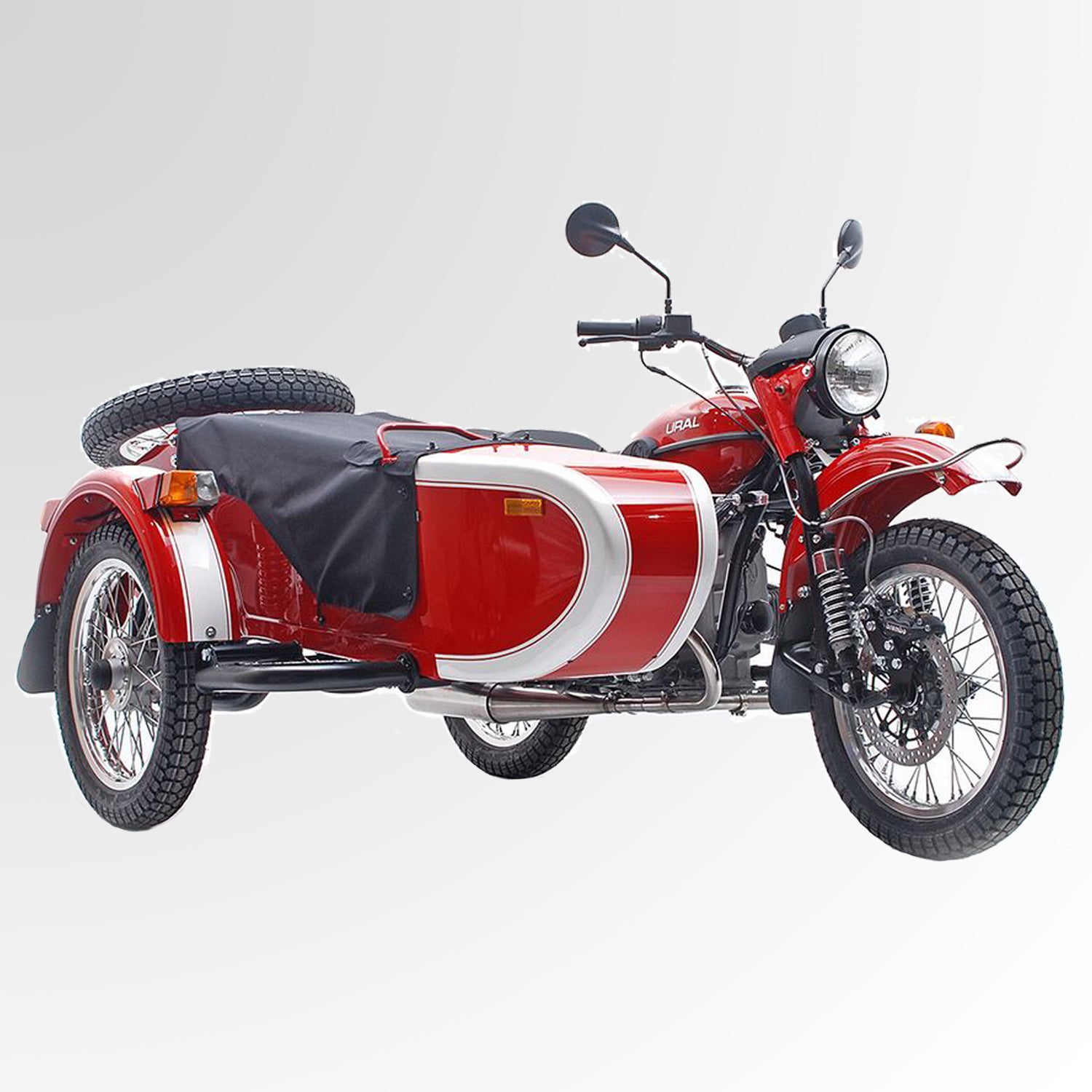You get an initial blast of freedom and fear when you open the throttle on a motorcycle with a sidecar. For one, the bike doesn’t track straight. When you accelerate, you’re pulled in the direction of the one-wheeled unit. When you slow down, you track away from it. And when you turn right, it feels like the sidecar is about to become airborne.
This all may sound scary. And it is. Scary fun.
All those factors—plus the fact that you steer these beasts like an auto instead of a motorcycle—is why the majority of states require separate training to drive a moto with a sidecar.

California, the state that issued my motorcycle license, is not one of those places. During a long weekend, we took the off-roading at Washington’s Snoqualmie Pass, on the highway, and into Seattle. We both agreed that if we had an extra $15,400 lying around, we’d definitely opt for the Ural.
The Patrol is the only bike in the world with on-demand sidecar drive, which helps in both the dirt and the snow. (Yeah, you can ride these Siberian-built, three-wheeled bad boys year round.) The 2014 Ural Patrol also features new disc brakes on each wheel and electronic fuel injection to increase torque, boost fuel efficiency, and keep the engine running smoothly.
For some, it’s the ultimate adventure tool. Customers buy Urals for camping, getting into the backcountry or for big, intercontinental adventures. The extra passenger seat and relatively roomy trunk make it perfect for long-distance travel. There’s also plenty of room for a four-legged companion. Actor and moto adventurer of Long Way Round fame, .
One caveat: prepare to talk about the bike with curious passerby. Questions are so common that owners call this fun tariff on your time the UDF, short for Ural Delay Factor.


